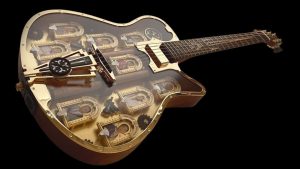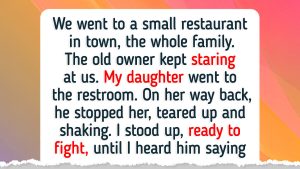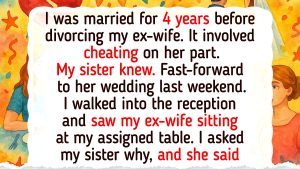
Review: Buck Curran’s ‘Far Driven Sun’ Reunites a Beloved Sobell Guitar with a Master of Acoustic Atmosphere
After many years apart, Buck Curran and his Stefan Sobell Model 1 “Butterfly” are reunited on Far Driven Sun (ESP-Disk’, Obsolete Recordings, Echodelick Records), and they’ve never sounded better together. Originally built for Martin Simpson—who used it to record When I Was on Horseback (1991)—the guitar has a beautifully balanced tone, a delicately resonant sustain, and a quiet, intimate clarity, all essential to Curran’s explorations in DADGAD and CGCGCD tunings.
Buck Curran, Far Driven Sun (ESP-Disk’, Obsolete Recordings, Echodelick Records); Photo by David James LoganThe album sits in direct descent from the neo-trad playing of Davey Graham and Bert Jansch, but with a twist shaped by Curran’s years in the ethereally psychedelic folk duo Arborea, when he last owned this guitar. The 90-second title track opens with a gentle, rolling arpeggio on the Butterfly, repeating until joined by a second guitar that moves against the rhythm, sliding into an eerily sustained counterpoint before both fade into silence.
On “You Are My Sun,” a similar arpeggio sets the mood for what could be a trad ballad before shifting with the low, rising hum of EBow on a second guitar, and the brass slide of a third climbing the neck. Over the next four minutes, the three guitars trade places in the foreground and background, Curran drawing out tones and colors, half-steps and whole steps, all from the Butterfly. With two minutes to go, a fourth guitar enters with a new descant, its hammer-ons resolving the piece’s ethereal tension.
The Aegean “ILiad” and its closing reprise, “ILiad (Slight Return),” bring the record’s only taste of drums and tambourine—two short interludes highlighting the interplay of arpeggio, EBow, slide, note clusters, and strummed six-note chords. The clusters recall John Renbourn, the chords Robbie Basho, but the sum is pure Curran: music that ebbs and flows in small, deliberate gestures, creating its quiet drama in pairs of notes over shifting, shimmering layers of multitracked acoustic guitar.
I couldn’t hum the melodies, but I could sing the arpeggios—the way the guitars step from one to another, one rising while another falls back, only to return later. That’s Curran’s genius. It isn’t in the printed notes or the compositions themselves, but in the performance, the mood, the meditativeness, the evolving relationships between tones, the many voices he finds in this one 1990 Sobell guitar, and the joy of being reunited with it.











